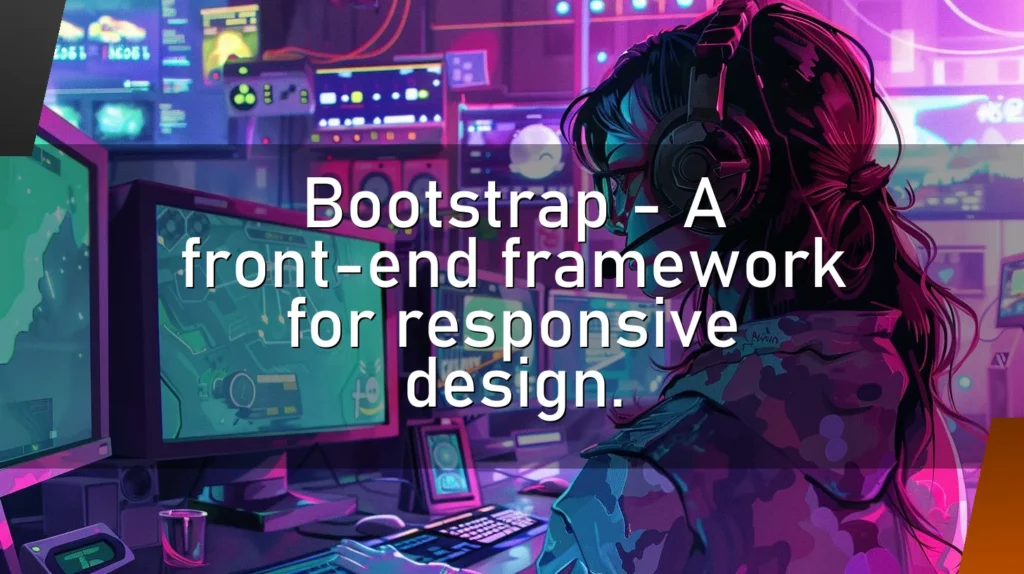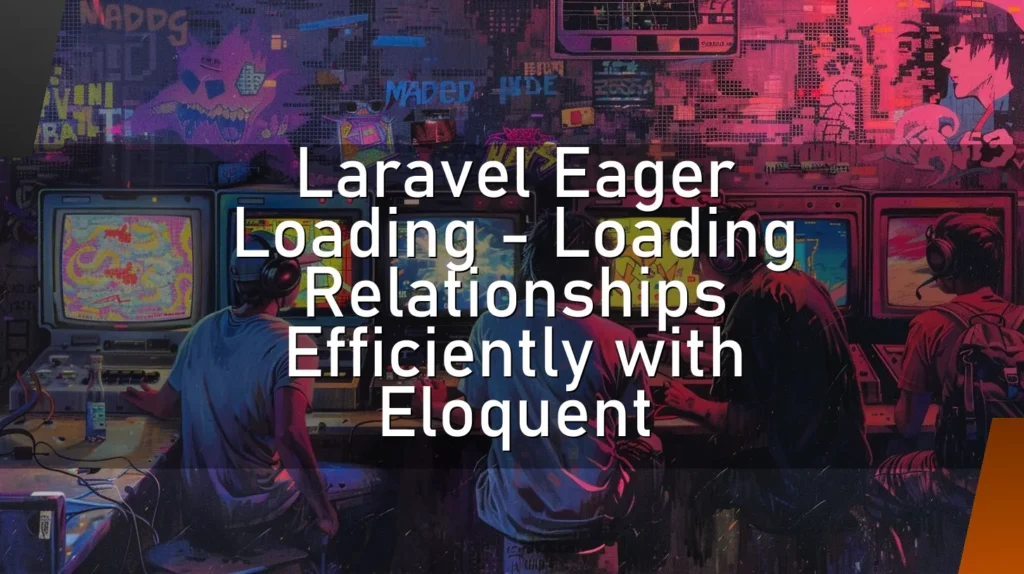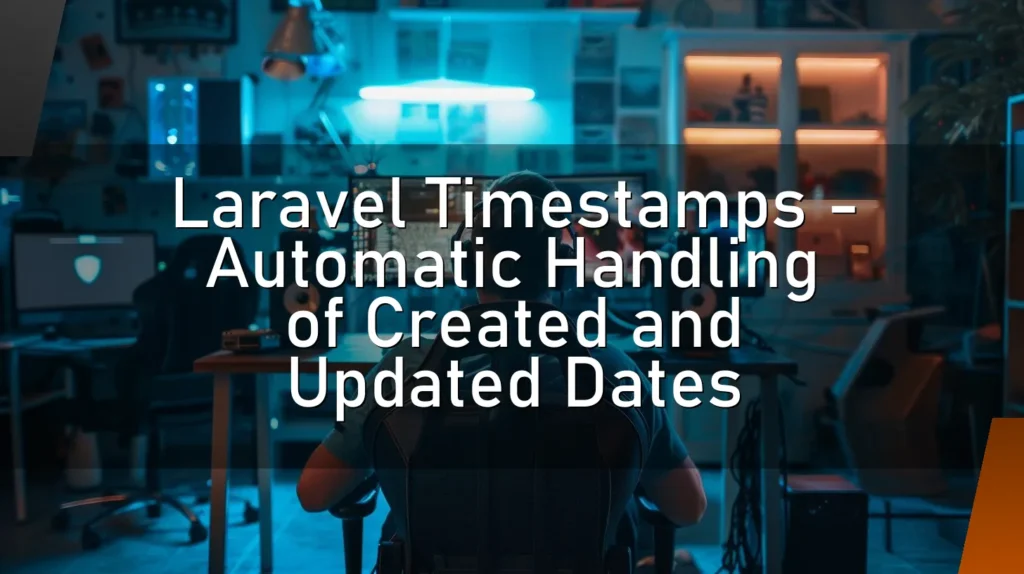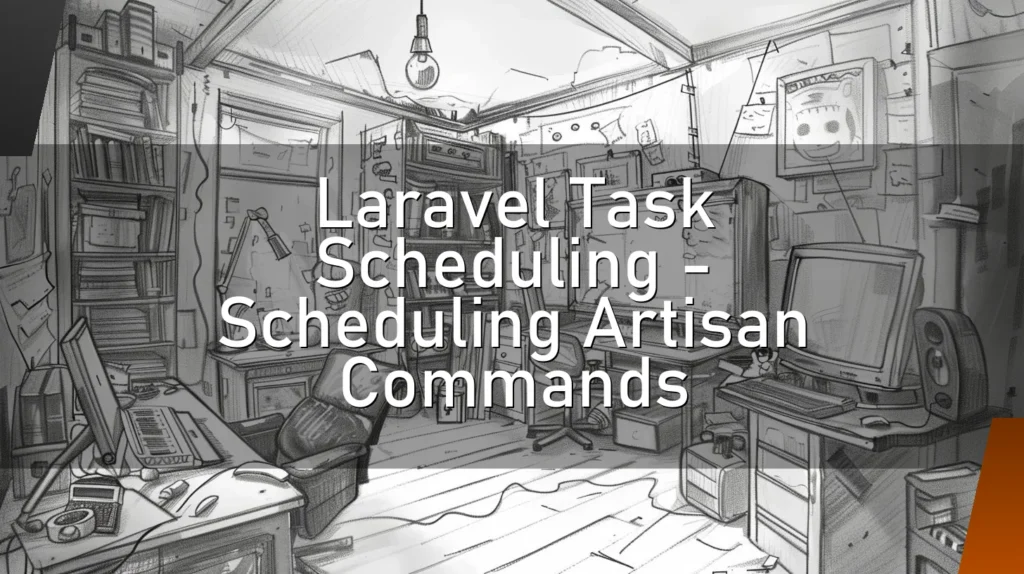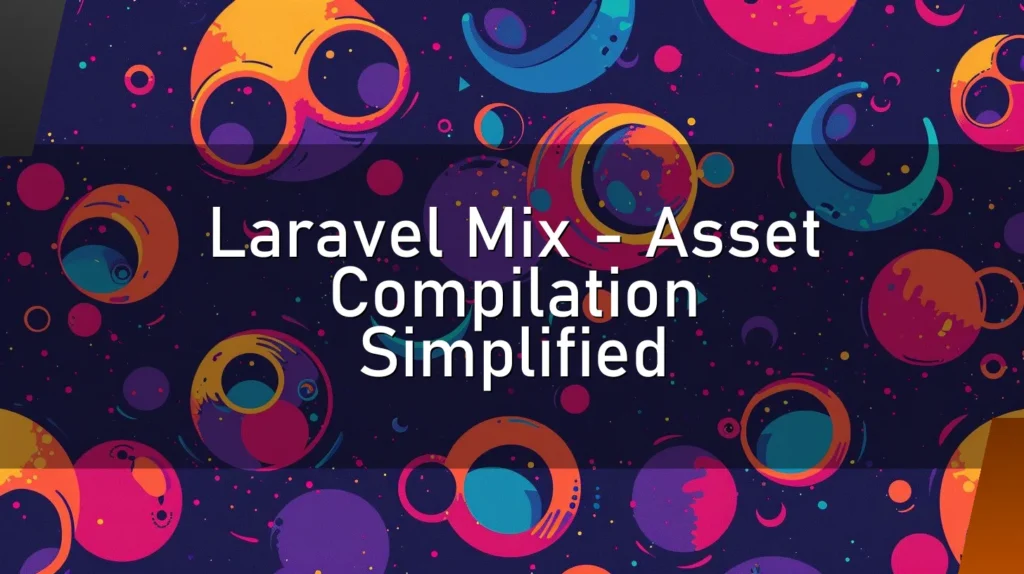Introduction
Welcome to the whimsical world of Bootstrap! Imagine if a Swiss Army knife and a chameleon had a baby, and that baby was obsessed with making web pages look fabulous on every device. Bootstrap is the Beyoncé of front-end frameworks: flexible, stylish, and always in vogue. Created by the brains at Twitter, Bootstrap is your go-to toolkit for crafting snazzy, responsive websites — no cape or superpowers needed. Let’s dive into the nuts and bolts of this front-end framework and discover why developers just can’t get enough of it!
How a Nerd Would Describe It
"Bootstrap is an open-source front-end framework developed by Twitter. It’s built using HTML, CSS, and JavaScript, and it’s designed to help developers create responsive, mobile-first web applications with ease. Bootstrap provides a set of design templates for typography, forms, buttons, navigation, and other interface components, as well as optional JavaScript extensions."
Translation: It’s like having a pizza delivery service for your website design needs. 🍕 You get all the ingredients delivered right to your door, so you don’t have to start from scratch.
This Chapter Is for a Simple but Concrete Explanation.
Alright, let’s break this down for the non-nerds. Think of Bootstrap as a giant box of LEGOs 🧱. It comes with a bunch of pre-made pieces (components) like buttons, forms, and navbars that you can snap together to build your website. And the best part? These LEGO pieces automatically adjust to fit any screen size — from the tiniest smartphone to your grandpa’s jumbo desktop.
Using Bootstrap means you don’t have to be a wizard at CSS or JavaScript to make your site look good. Just plug and play!
🔍 Details
Bootstrap is built on three main pillars:
- HTML: This is like the skeleton of your website.
- CSS: This adds the skin, hair, and fabulous outfit.
- JavaScript: This brings it to life, like adding a heartbeat and personality.
What’s in the Box? 📦
- Grid System: Imagine a magic grid that helps you organize your content in neat, responsive rows and columns.
- Components: Pre-styled elements like buttons, cards, and modals that you can just drop into your site.
- Utilities: Helper classes for common CSS tasks, such as spacing, color, and alignment.
- JavaScript Plugins: Ready-to-use JS components for things like carousels, modals, and tooltips.
Other Similar Words Which Nerds Use
- Foundation: Another front-end framework that’s similar to Bootstrap but with a different flavor.
- Materialize: A framework based on Google’s Material Design principles.
- Bulma: A modern CSS framework based on Flexbox.
- Tailwind CSS: A utility-first CSS framework for rapidly building custom designs.
👍 Correct Usage
“Hey, I used Bootstrap to make my website look amazing on both my phone and my desktop. It saved me a ton of time!”
🛑 Wrong Usage
“I tried cooking spaghetti with Bootstrap, but my laptop caught on fire.” 🍝💻🔥
➕ Advantages
- Responsive Design: Your site will look great on all devices without any extra effort. 📱💻
- Time-Saving: Pre-styled components mean you can focus on functionality instead of design details.
- Customizable: You can tweak the default settings to match your brand’s look and feel.
- Documentation: Bootstrap’s documentation is comprehensive and easy to follow, even for beginners.
- Community: With a huge community, you’ll find plenty of resources, plugins, and tutorials to help you out.
➖ Disadvantages
- Learning Curve: For absolute beginners, understanding the grid system and components can take some time.
- Overhead: Bootstrap includes a lot of CSS and JavaScript, which can bloat your site if you’re not careful.
- Generic Look: Because it’s so popular, many Bootstrap sites look somewhat similar unless heavily customized.
⁉️ FAQ
What is Bootstrap used for?
Bootstrap is used for building responsive, mobile-first websites quickly and efficiently.
Do I need to know coding to use Bootstrap?
Basic knowledge of HTML, CSS, and JavaScript is helpful, but you don’t need to be an expert.
Can I customize Bootstrap?
Absolutely! You can override default styles with your own CSS or use a Bootstrap customization tool.
Is Bootstrap free?
Yes, Bootstrap is open-source and free to use.
What’s the latest version of Bootstrap?
As of 2023, the latest version is Bootstrap 5.
👌 Conclusion
If creating responsive, stylish websites sounds like a daunting task, Bootstrap is your new best friend. It’s like having a secret stash of design magic at your fingertips. Sure, it has its quirks and limitations, but the benefits far outweigh the drawbacks. Whether you’re a coding newbie or a seasoned developer, Bootstrap can help you whip up fantastic websites faster than you can say “front-end framework”! 🎨✨
So go ahead, give Bootstrap a whirl and watch your web design woes disappear. Just remember, spaghetti and laptops don’t mix. 🍝💻

